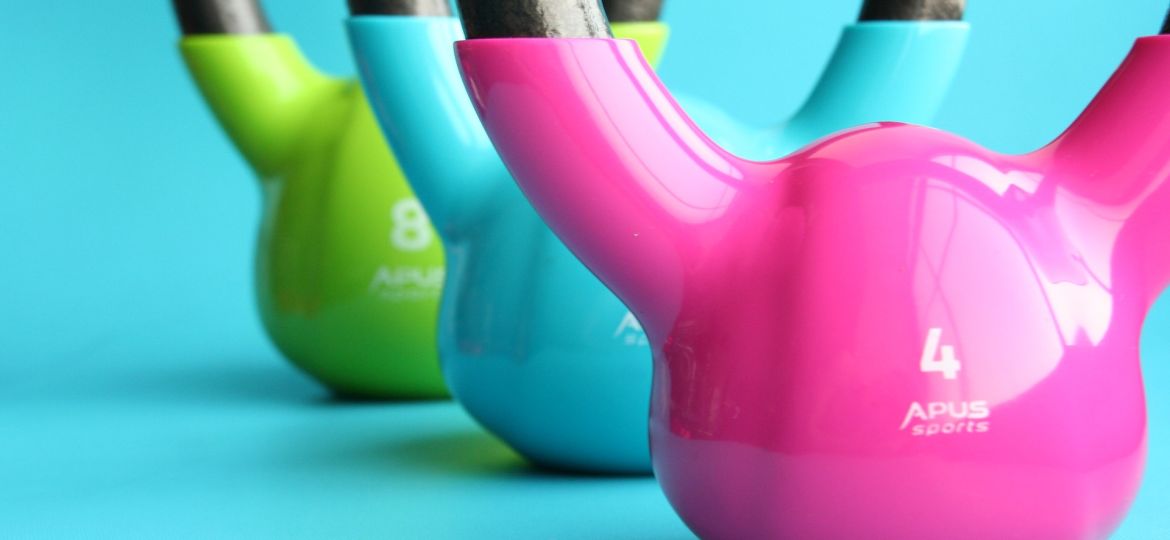
This exercise requires the arm to arch while the elbow is bent at a constant angle. The pectoralis major (pectoralis major) is the agonist, with the deltoid muscle supporting it and the elbow flexors—biceps, brachii, brachioradialis, and brachialis—isometrically active. During the eccentric phase of the movement, the chest and arm muscles were also stretched. Because of the long lifting arm, the weight to be used in this exercise is considerably lower than in a similar chest exercise such as the bench press. This exercise is less specific than the bench press, but can be helpful in recovery from a shoulder or elbow injury.
How
Lie back on a bench and start with the hands in a neutral position, with the dumbbells over the center of the chest. The elbows should remain slightly bent. Lower the dumbbells to the sides of the chest, elbows at a constant angle, until you feel a pull in the front of the shoulders and chest. Return the dumbbells to the center of the chest.
Do it well
Do not fully straighten the elbows. Flex the elbows slightly during the exercise, but maintain a constant angle.
Warning
The final position requires a lot from the shoulder joint. Don’t risk an injury by lifting heavy weights.
Variations
Light
Lie on the floor instead of a couch. This limits the movements and reduces the stretch in the shoulders. Muscles are weakest in their longest and shortest positions, and doing this exercise on the floor will also prevent the pectoralis major from being stretched completely.
Heavy
Try alternating dumbbell flys with one arm to work each side of the chest separately. Make the same movement as for the regular dumbbell fly, but use one arm first and then the other. This is also a stability exercise, which can be made heavier on a fitness ball instead of on a bench.
Active muscles
- Pectoralis major

